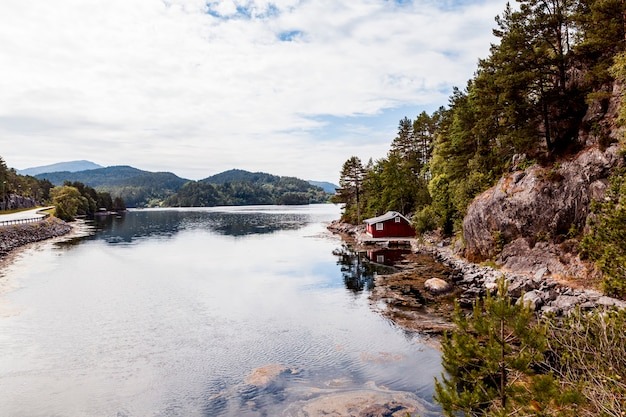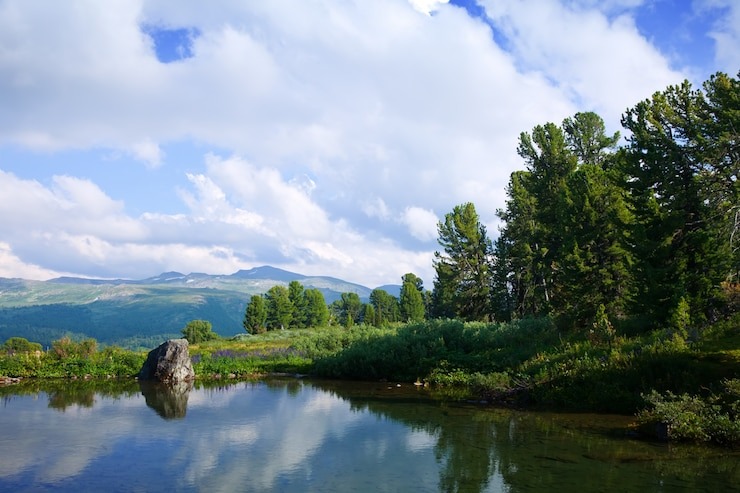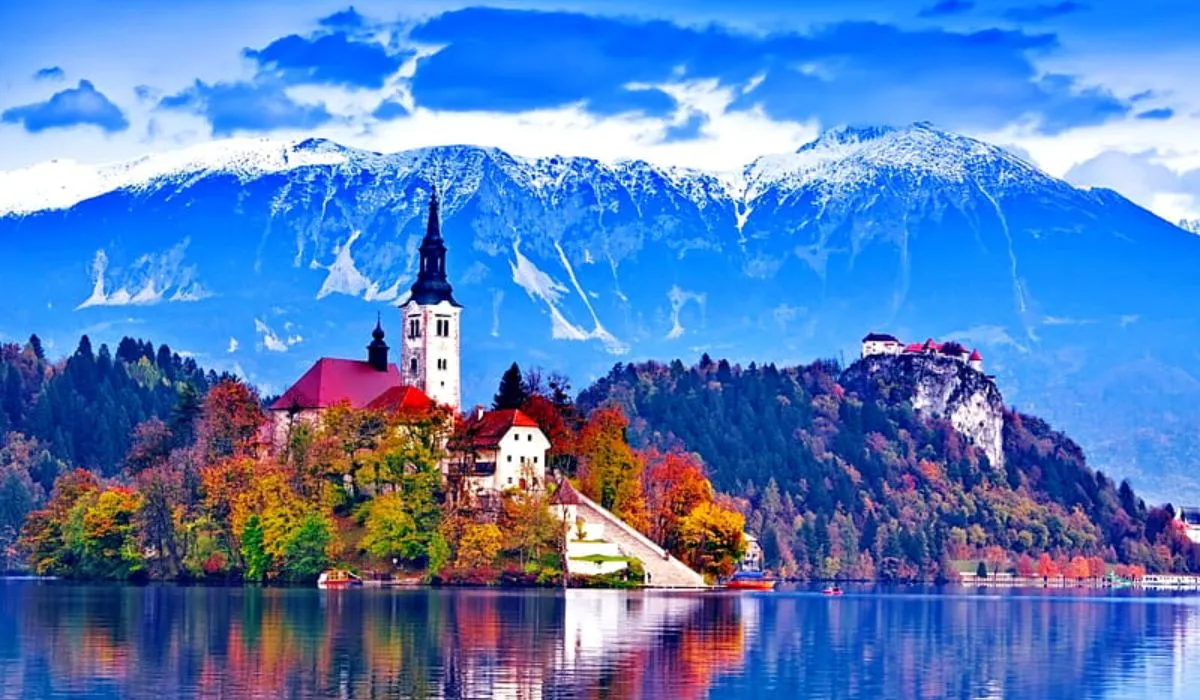The largest lake in Swedish County of Silzan, covers 112 square miles (290 square kilometers). The region was hit by a massive asteroid, who killed the Earth with the force of 500 million atomic atomic bombs about 377 million years ago. After filling the impact pit, the lake has become a popular summer vacation due to its green -fed surroundings, abundance of external activities and continuing folk art tradition. Some of the best sites for detection along the coast include Tantargberg, Ritvik and Mora.
Lake Puula, Finland

Covering 128 square miles (331 sq km), Lake Pula, also known as Puulaveesi, is distinguished by its ancient water and forest, rocky coastline, which, in some places, looks prehistoric. There are many sandy beaches in the middle of the forest, and attract abundant salmon and trout anglers of the lake. Rowing and canoeing are two other popular water games that are in pula. However, keep in mind that some routes are difficult. You should stay away from them until you are really skilled canois.
Lake Ohrid, North Macedonia and Albania:
ne of the oldest lakes in the world, Ohrid includes 134 square miles (347 sq km) and is located on the border between Albania and North Macedonia. With important religious structures like St. John's monastery in Keno. Naum is located with its banks, Ohrid, which is famous for the clarity of its water, also has spiritual significance. Local craftsmen have been producing an prized substance formed from fish scales for decades.
Lake Mjosa, Norway
MJOSA is the largest natural lake of Norway, 142 square miles (368 sq km) in size and is a component of inland FJORDs in the country. It attracts tourists, as well as boating, trout fishing and winter sports with large lakeside cities of Lilyaimmer and Hamar, it attracts tourists. Peder Balke Center for contemporary art is located elsewhere on the shore, there is a cute place to detect and host free concerts every Saturday during summer. The history of the lake and its inhabitants is included in the program of Mjosmuseet.
Read more:- Discover River Valleys With Their Own Local Ecosystems
Lough Neagh, Northern Ireland, UK
Laf Neg (pronunciation 'Lock Nay') is the largest lake in the British islands, which cover 153 square miles (396 sq km) in the County Armagh, Northern Ireland. According to the Irish legend, it was created during the fight between Vishal Fin McCool and his Scottish rival Benandoner. A region of special scientific interest, Laf Neg, is well preferred by those enjoying nature and water activities. Boats are available on rent per hour to reach Koni Island and Ram Island.
Lake Storsjon, Sweden

In summer, ghats, steamboats, kayaks, and canoe can all cross the lake storeson, which spreads in the area of 179.2 sq mile (464 sq km) before the winter ice road is converted into a winter ice road. Skiing is another well -liked activity, both on the ground and in the ocean. The largest island of the lake is Foson, which is located between the open water and the city of Ostund. According to local legend, Storsjon can also have storsjoodjuret, which is its own version of Loch Ness Monster.
Lake Kallavesi, Finland
Kalavasi is a part of the large iso-kalla lake system and extends up to 183 square miles (473 sq km) in the northern Savonia region of Finland. In summer, boats and enthusiastic fishermen travel to water under the Kallasilat Bridge, which allows the automobile to cross from one side of the lake to the other. The banks of the lake and a part of the islands have been occupied by the city of Koopio. Every year, the finish ice marathon, a long -range skating competition, is held there.
Lake Hjalmaren, Sweden
Hjalmaren is 186 square miles (483 sq km) in size and its elder sister is located next to the lake Maleran. Through the Hjalmare canal, it is connected to Stockholm. Orebro is a major city on its shores, towards far-off-west. There is always a lot in the Hajalmaren region, whether you come to skate on the frozen lake in winter or to swim in summer and do lakeside barbecue in Estabad. The 16th -century palace located inside the 14 square miles (37 sq km) land is also located when the lake begins to shrink in the east.







